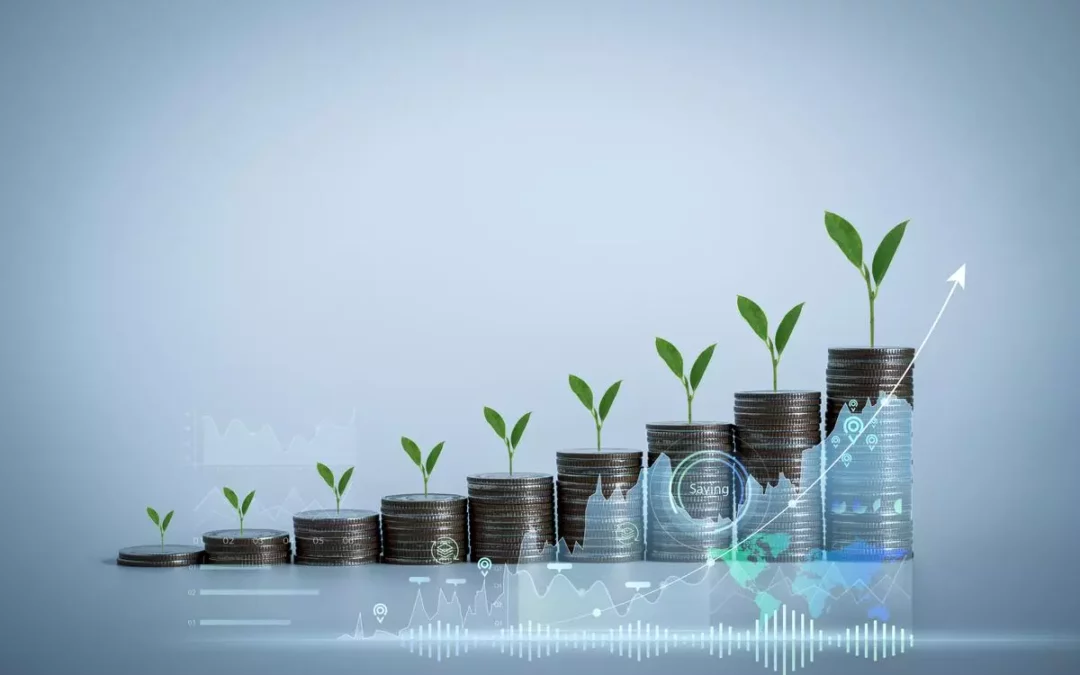As an executive or CEO, you have undoubtedly heard the term “impact investing” thrown around in recent years. Impact investing is when investment decisions are made not just based on financial returns, but also on the social and environmental impact they have. It has become one of the fastest-growing areas of investment in the financial industry, and for good reason. In this blog post, we will dive deeper into the trend of impact investing, explaining what it is, how it works, and why it matters.
What is Impact Investing?
Impact investing refers to the practice of investing in companies or organizations that strive to make a social or environmental impact alongside their financial goals. Unlike traditional investing, which may solely be concerned with a financial return, impact investing seeks to create a positive change in the world. This type of investment can take many forms, from renewable energy and affordable housing to education and healthcare. It is a way to align your financial investments with your personal values and beliefs.
How does Impact Investing Work?
One of the ways that impact investing works is by giving investors a choice about where their money is invested. For example, an investor could choose to invest in a renewable energy company that is focused on reducing carbon emissions. The company would use their investment to develop and implement clean energy technologies, and the investor would benefit from both the financial return and the positive impact made on the environment. Some impact investments directly benefit communities and social causes, such as investing in education or healthcare initiatives in underserved areas.
Why does Impact Investing Matter?
Impact investing matters because it allows investors to use their money to create positive change in the world. By aligning their investments with their values, investors can make a difference in the lives of others and the planet. Beyond the moral imperative, there is also a financial reason for impact investing. Companies that prioritize social and environmental responsibility are often better positioned for long-term growth. Consumers are becoming increasingly aware of the impact that companies have on the world, and those that prioritize sustainability and social responsibility are more likely to gain customer loyalty and positive brand recognition.
How to Get Started with Impact Investing
If you are interested in impact investing, there are many resources available to help you get started. One option is to work with a financial advisor who specializes in impact investing. These professionals can help you identify the social and environmental issues that matter most to you and find investments that align with your values. Another option is to research impact investing on your own. There are many impact investment funds and organizations that provide information and resources to help investors get started.
The rise of impact investing is a positive trend that shows no signs of slowing down. It is a way for investors to prioritize their values and create positive change in the world, while also earning a financial return. As an executive or CEO, the practice of impact investing can help you align your investments with your company’s values and mission, while also providing the potential for long-term growth. With more information and resources available every day, there has never been a better time to start investing in a better future.

